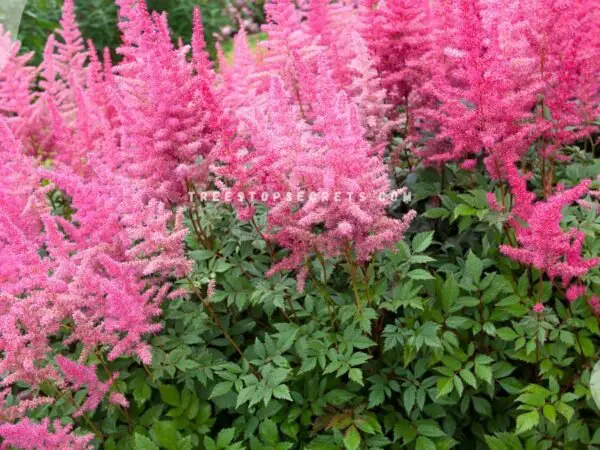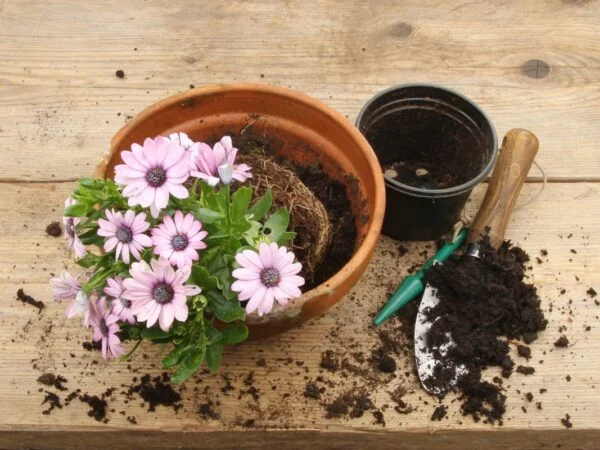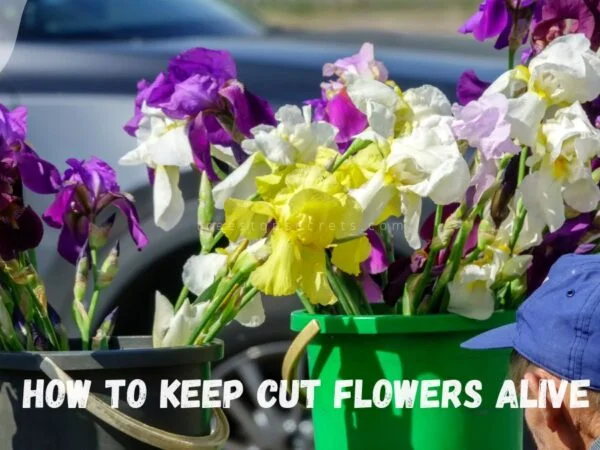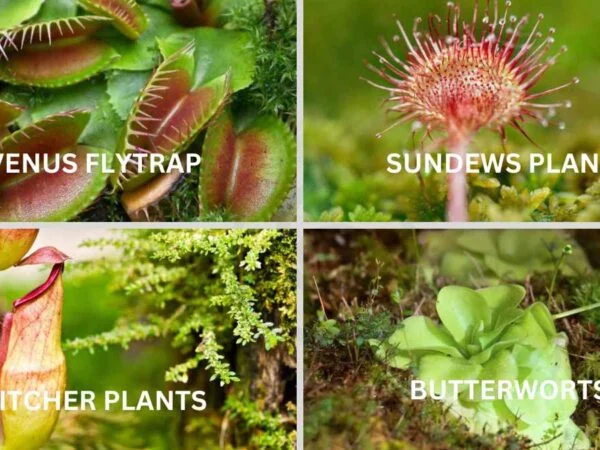Curious about what a sycamore tree seed looks like? Delving into the intriguing world of nature, exploring the appearance of these seeds can unveil fascinating insights. Understanding the characteristics and shape of a sycamore tree seed and fruit heads provides a deeper connection to this majestic tree's lifecycle. Historically, these seeds have played significant roles in various cultures and ecosystems, enriching our understanding of botany and environmental diversity.
Key Takeaways
- Sycamore seeds are small, round, and covered in a fuzzy coating, resembling tiny balls with a brown exterior.
- To identify sycamore trees, look for their distinct mottled bark, large hand-shaped leaves, and seed balls hanging from the branches.
- Collect sycamore seeds in the fall when they naturally drop from the tree, ensuring they are mature and viable for planting.
- Before planting sycamore seeds, stratify them by storing in a moist, cool environment to simulate winter conditions and enhance germination.
- Plant sycamore seeds in well-draining soil, keep them moist, and provide adequate sunlight to support healthy growth.
- To care for sycamore trees, monitor water levels, protect from pests, and prune as needed to maintain their health and longevity.
Sycamore Tree Overview
American Sycamore
American sycamores are native to North America, especially the eastern United States. These trees are known for their large size and unique mottled bark. Their seed pods are round and contain multiple seeds.
The seeds of the American sycamore tree are nestled within circular pods that hold several small seeds in each one. When these pods fall from the tree, they break open to disperse their contents.
Mexican Sycamore
Mexican sycamores, indigenous to Mexico and parts of Central America, resemble their American counterparts but have smoother bark. Their seed pods are spherical and carry numerous small seeds inside them.
Similar to American sycamores, Mexican sycamores also produce seed pods, albeit with differences in appearance due to variations in species characteristics. The round shape of the pod holds many tiny seeds.
California Sycamore
California sycamores can be found along California's coastal regions and foothills; they stand out with their peeling bark and broad palmate leaves. The seed pods of this variety are round-shaped and filled with tiny light brown seeds.
In California sycamores, the seed pods house a multitude of minuscule light brown-colored seeds, which contribute to new tree growth when dispersed by wind or animals.
Arizona Sycamore
Native to the southwestern United States like Arizona and New Mexico, Arizona sycamores boast smooth whitish bark that sheds off in patches over time. Their seed pods are rounded structures containing numerous small seeds within them.
Arizona sycamoress' distinctive feature is its smooth white-barked trunk shedding into patches as it matures while producing rounded clusters housing various small-sized seeds inside each pod structure.
Identifying Sycamore Trees
Tree Characteristics
Sycamore trees can grow up to 100 feet tall, towering over other trees in the forest. Their wide canopy provides ample shade on hot summer days. The leaves of a sycamore tree are easily recognizable by their large size and distinct lobed shape. Come fall, these deciduous trees shed their leaves, creating a colorful carpet below.
Sycamores offer variety depending on the species. Some have smooth bark that peels away in patches as the tree ages, while others feature an exfoliating bark that reveals different shades underneath. This unique characteristic makes identifying sycamores an exciting challenge for nature enthusiasts.
- Can grow up to 100 feet tall with a wide canopy
- Leaves are typically large, lobed, and deciduous
- Bark can be smooth or exfoliating depending on the species
Native Habitat
Each type of sycamore tree has its preferred living conditions based on its native habitat range. American Sycamores flourish near rivers and streams where they can access abundant water sources. These majestic trees thrive in moist environments along riverbanks across North America.
On the other hand, Mexican Sycamores prefer tropical regions with well-drained soils that allow excess water to flow away easily. Their adaptability to varying soil types makes them suitable for landscaping projects in warmer climates where they add beauty and shade.
Significance of Sycamore Seeds
Helicopter seeds, also known as the winged seeds of sycamore trees, are a distinctive feature. These seeds are designed to spin as they fall from the tree, aiding in their dispersal. The spinning motion resembles that of a helicopter rotor blade, hence the name "helicopter seeds."
Sycamore trees hold significant cultural value in various folklore traditions due to their unique qualities. Some Native American tribes consider these trees sacred. They are associated with protection, healing properties, and fostering spiritual connections with nature.
The sycamore tree's medicinal qualities extend beyond its folklore significance. Certain parts of this tree have been utilized in traditional medicine practices for centuries. Extracts from the bark have been applied topically to treat skin conditions and wounds effectively. Moreover, leaves and seeds from sycamore trees may possess potential antimicrobial properties.
Appearance of Sycamore Seeds
Seed Pods Images
Sycamore tree seeds come in various shapes and sizes, encapsulated within distinctive seed pods. These seed pods serve as visual markers that help differentiate between different sycamore species. By examining images of these pods, one can easily identify the unique characteristics specific to each type of sycamore tree. For instance, the American sycamore's seed pod features a round ball-like structure covered with small spikes, while the London planetree's pod has a more oval shape with fewer protrusions. These visuals are not only educational but also provide a valuable reference point for enthusiasts or botany students wanting to learn about these trees.
Understanding the appearance of sycamore seeds at various stages of development is crucial for recognizing their growth patterns accurately. As these seed pods mature, they undergo noticeable changes in color, size, and texture. Younger pods may appear green or light brown and feel smooth to touch, whereas older ones might turn darker and become rougher in texture. By observing the progression from an initial stage to maturity, observers gain insight into how environmental factors influence the development of sycamore seeds' external characteristics. This comprehensive understanding aids researchers and nature lovers alike in appreciating the nuanced beauty of these trees' reproductive structures.
Collecting Sycamore Seeds
Harvesting Seeds
Sycamore seeds should be collected in the fall when they are mature and ready for propagation. It's crucial to pick seeds from healthy trees to ensure successful growth. Ripe seeds are essential as they have a higher chance of germination. When harvesting, gently twist the seed pods off the branches to avoid damaging them.
Proper handling and storage of sycamore seeds are vital for maintaining their viability. After collection, remove any debris or twigs from the seeds and allow them to air dry for a few days before storing them in a cool, dry place. Storing the seeds in paper bags or envelopes helps prevent mold growth while allowing airflow.
- Harvest sycamore seeds in fall
- Choose ripe seeds from healthy trees
- Gently twist seed pods off branches
- Remove debris and air dry before storage
Identifying Seeds
Sycamore tree seeds vary in shape, color, and size among different species like American sycamores or London plane trees. They typically have a round shape with light brown hues but can differ based on species variations. To identify viable seeds, look for plump ones with intact shells that feel firm when pressed between your fingers.
Distinguishing features such as winged structures attached to the seed help differentiate sycamore seeds from other tree varieties during identification processes. Viable seeds will sink in water rather than float, indicating their readiness for planting.
Preparing Seeds for Planting
Cleaning Process
To ensure successful germination, it is crucial to properly clean sycamore seeds before planting. Start by rinsing the seeds under running water to remove any debris or dirt. Next, consider soaking the seeds in water for a few hours or overnight to soften the outer shell and promote germination. After soaking, allow the seeds to air-dry thoroughly before moving on to the next step.
Properly cleaning sycamore seeds not only removes impurities but also enhances their overall health and chances of successful germination. By following these steps - rinsing, soaking, and air-drying - you are setting up your sycamore seeds for optimal growth potential.
Drying Process
After cleaning, drying the sycamore seeds is essential to prevent mold or rotting during storage or immediate planting. Choose suitable drying methods such as laying out the seeds on a paper towel in a well-ventilated area away from direct sunlight. Ensure that the seeds are spread out evenly with enough space between them for proper airflow.
Drying sycamore seeds post-cleaning ensures that they are adequately prepared for long-term storage or immediate planting when conditions are favorable. This step plays a vital role in maintaining seed viability and increasing their chances of successful germination.
Planting Sycamore Seeds
Growing Needs
To successfully grow sycamore seeds, certain conditions must be met. The seeds require a specific temperature range for germination, typically between 60-70 degrees Fahrenheit. Adequate moisture is crucial; the soil should be consistently damp but not waterlogged. Light is essential for growth, so ensure the seeds receive indirect sunlight or partial shade. Sycamores thrive in well-draining soil with good aeration.
Creating an ideal environment involves strategic planning to meet these needs. Consider using seedling trays or pots filled with a suitable potting mix to control moisture levels effectively. Placing the containers in a warm location indoors can help maintain optimal temperatures for germination. Regularly check the soil moisture and adjust watering as needed to keep it consistently damp without being too wet.
Planting Tips
When planting sycamore seeds, pay attention to several key factors for successful establishment and growth of seedlings. Ensure you plant the seeds at an adequate depth – generally around ¼ inch deep – covering them lightly with soil afterward. Proper spacing between seeds allows each seedling enough room to develop roots without competition from neighboring plants.
Protecting sycamore seeds from wildlife and extreme weather conditions is vital for their survival and healthy growth into mature trees. Consider using protective barriers like wire mesh or netting around newly planted seeds to deter animals from digging them up or feeding on them.
Caring for Sycamore Trees
Watering and Feeding
Watering and feeding play crucial roles in their development. Young sycamores need regular watering, especially during the initial years. Providing adequate water ensures proper growth and establishment of the tree. It is essential to water deeply but infrequently to encourage deep root growth.
Using appropriate fertilizers can also significantly impact the health of sycamore trees. Fertilizers rich in nitrogen help promote lush foliage and robust growth. Applying fertilizer in early spring before new growth appears is beneficial. Look for a balanced fertilizer specifically formulated for deciduous trees like sycamores to ensure they receive the necessary nutrients.
Pests and Diseases
Understanding common pests and diseases that affect sycamore trees is vital for their care. Some common pests include lace bugs, scale insects, and caterpillars, which can damage leaves or weaken the tree over time if left untreated. Regularly inspecting your tree can help identify these issues early on.
Diseases such as anthracnose, powdery mildew, or bacterial leaf scorch are threats to sycamores that require attention. Symptoms like leaf spots, wilting foliage, or unusual discoloration should be addressed promptly through appropriate treatment methods recommended by experts or local agricultural extension services.
Using Sycamore Tree Wood
History and Use
Sycamore trees hold a rich historical significance across various cultures. In ancient Egypt, these majestic trees were often associated with protection and healing properties. The timber from sycamores was highly valued for its durability and versatility in crafting furniture, musical instruments, and even boats. Moreover, sycamores provided ample shade in hot climates and played a crucial role in erosion control by stabilizing soil along riverbanks.
The enduring value of sycamore trees throughout human history is evident in their diverse applications. For instance, Native American tribes utilized the hollowed trunks of sycamores to create canoes due to their large size and robust nature. Even today, modern woodworking enthusiasts appreciate the unique grain patterns and workability of sycamore wood for creating intricate designs in furniture making or decorative items like bowls and cutting boards.
You've now learned all about sycamore trees, from identifying them to planting and caring for them. Understanding the significance of sycamore seeds and how to collect and prepare them for planting is crucial. By following these steps, you can grow your very own sycamore tree and contribute to the environment positively.
Now it's your turn to get your hands dirty and start planting those sycamore seeds! Not only will you be adding beauty to your surroundings, but you'll also be creating a habitat for wildlife and playing a part in preserving nature. So, grab those seeds, find the perfect spot, and watch as your sycamore tree grows tall and strong. Happy planting!
Frequently Asked Questions
What is the best time to collect sycamore seeds?
The best time to collect sycamore seeds is during the fall season when they naturally drop from the tree. Look for mature seeds with a light brown color and ensure they are dry before storing or planting them.
How deep should I plant sycamore tree seeds?
Plant sycamore tree seeds about 1/4 inch deep in well-draining soil. Ensure that the soil is kept consistently moist but not waterlogged during the germination process. Sycamore trees prefer full sun for optimal growth.
Are there any special requirements for preparing sycamore seeds for planting?
Before planting, it's beneficial to stratify sycamore seeds by chilling them in a refrigerator for 60-90 days. This mimics their natural winter conditions and helps break dormancy, increasing germination rates once planted.
Can I grow a new sycamore tree from just one seed?
Yes, you can grow a new sycamore tree from just one seed if proper care is provided. However, planting multiple seeds increases your chances of success due to variations in seed viability and environmental factors affecting germination rates.
How long does it take for a planted sycamore seed to sprout?
Sycamore tree seeds typically germinate within 2-3 weeks under ideal conditions of consistent moisture and warmth. Once sprouted, continue caring for the young sapling by providing adequate sunlight and watering as needed to support healthy growth.
Image Source: Paid image from CANVA





